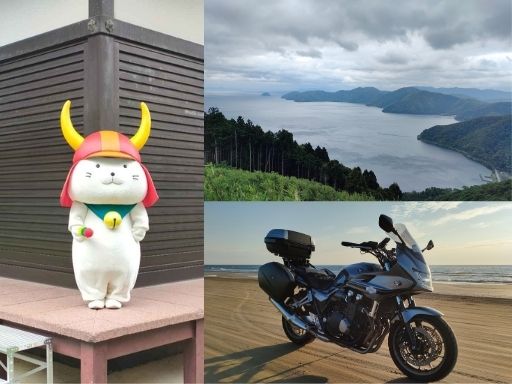The day after completing SSTR was dedicated to sightseeing.
With the theme “Lake Biwa and Sekigahara,” I set out to visit historic landmarks steeped in Japan’s Sengoku (Warring States) era.
Hoping I wouldn’t need rain gear again, I departed from Hakui City.
Day 2 Route Overview
I rode about 350 km on this day, heading south on the Hokuriku Expressway.
The route took me through Shizugatake, Hikone, and Sekigahara—iconic sites of Japanese history—before arriving in Toki City, Gifu.
From Noto to Northern Lake Biwa
My first stop was the Shizugatake Battlefield Ruins.
Taking a lift to the mountaintop, I reached a site where fierce battles once raged during the Sengoku period.
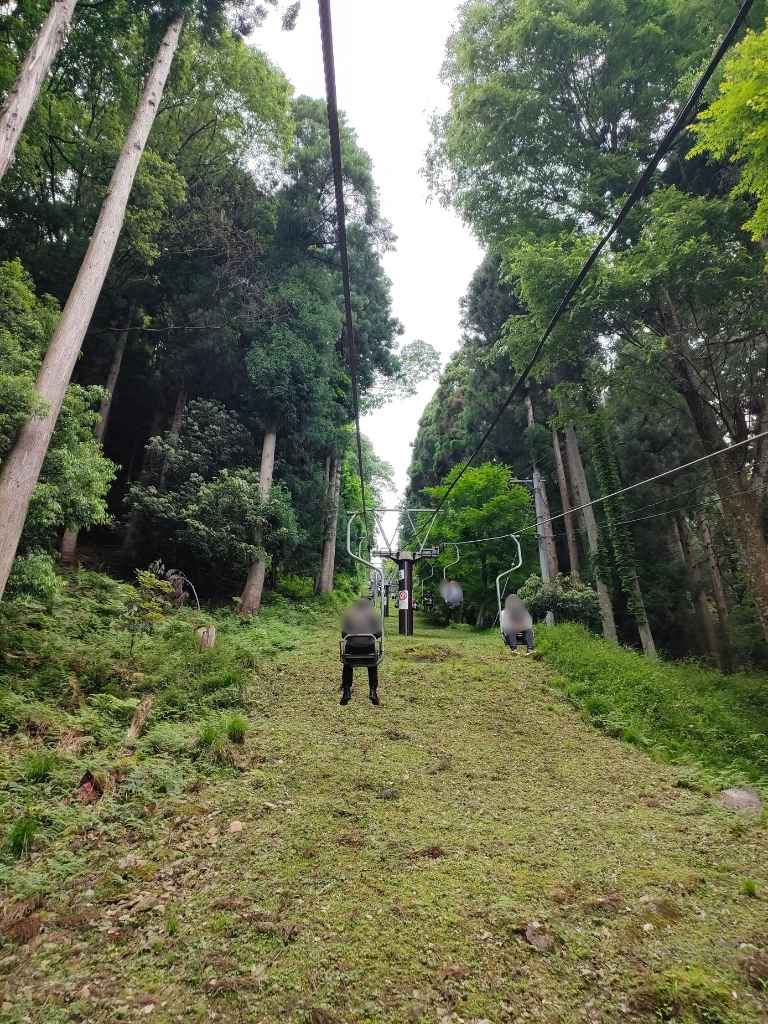
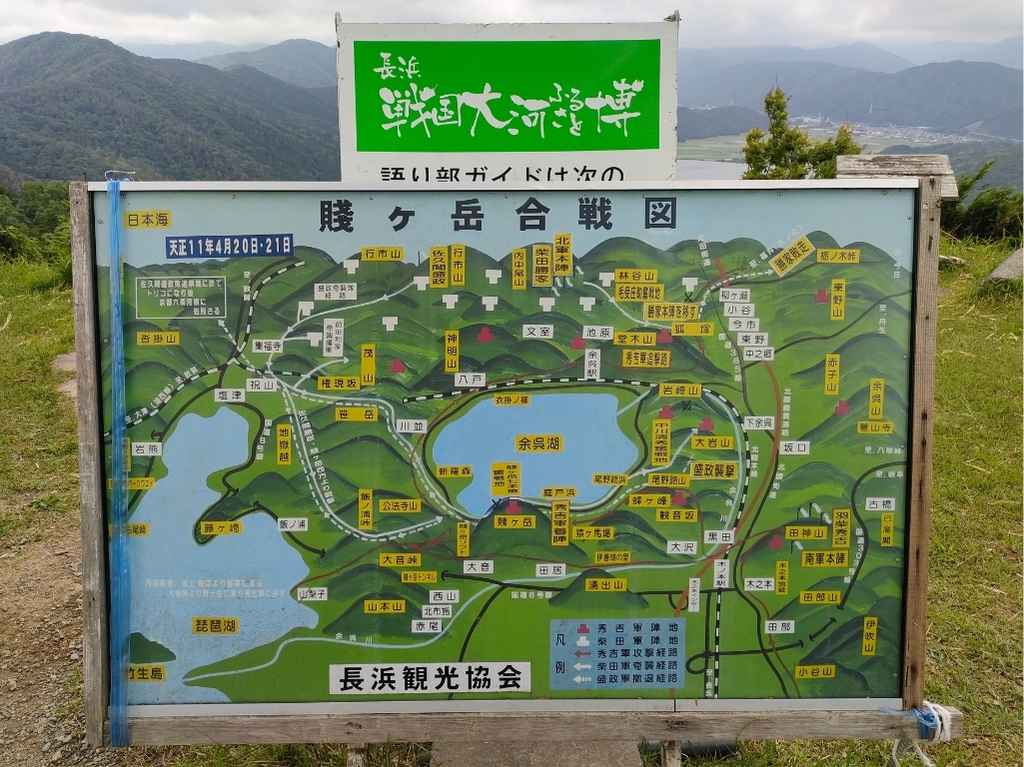
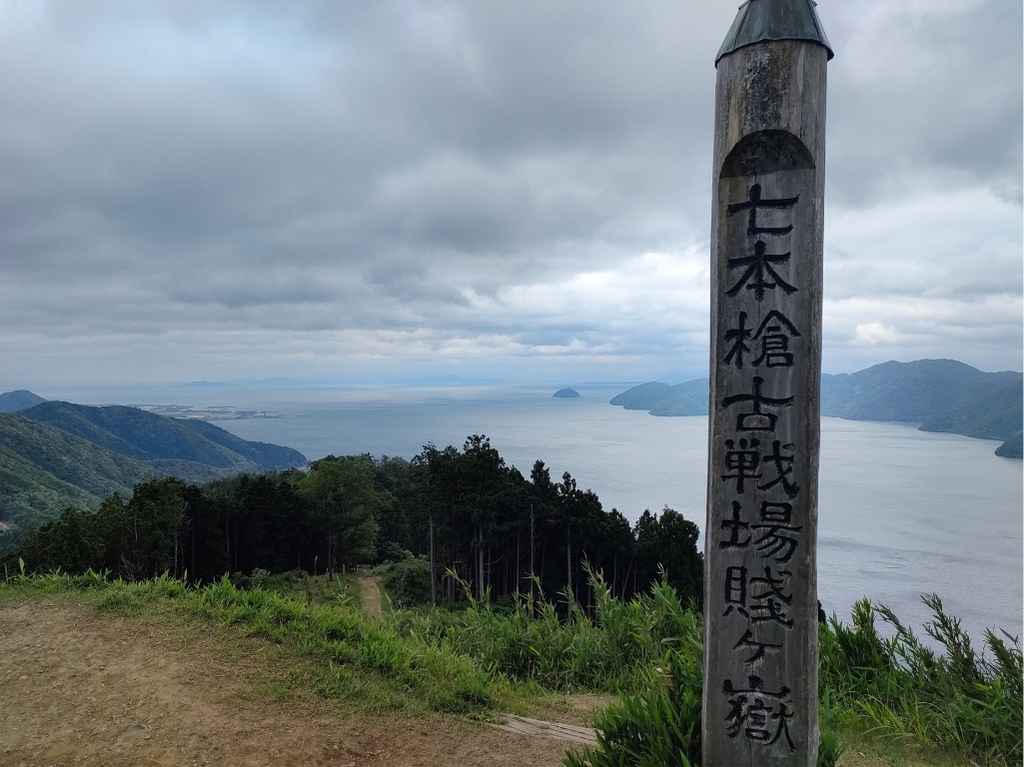
From the summit, breathtaking views stretch out over Lake Biwa and Lake Yogo.
It’s one of the best scenic spots overlooking Lake Biwa, and I was impressed to find the view just as I remembered from a visit over 40 years ago when I was a student.


As far as I know, only three places accessible by vehicle offer views like this: Mt. Hiei, the Biwako Valley Ski Resort, and this spot at Shizugatake.
Lunch at a Lakeside Roadside Station
I took a lunch break at Roadside Station Kohoku Mizudori Station, located along the lakeside Sazanami Road.
I was hoping for something local and ended up ordering “Oowashi Ramen” on a whim after seeing the sign.

Its black broth was a surprise, but the light, garlic-forward flavor was absolutely delicious.
A little quirky, but very satisfying—I recommend trying it if you’re touring around Lake Biwa.
Exploring Hikone Castle
After lunch, I visited Hikone Castle, a designated National Treasure.
The original keep was impressive, and the way the castle used the geography of Lake Biwa was fascinating.
You can really sense the scale of the old castle town from the surrounding landscape—definitely worth a visit.
But first to greet me was Hikonyan, the castle’s mascot character.
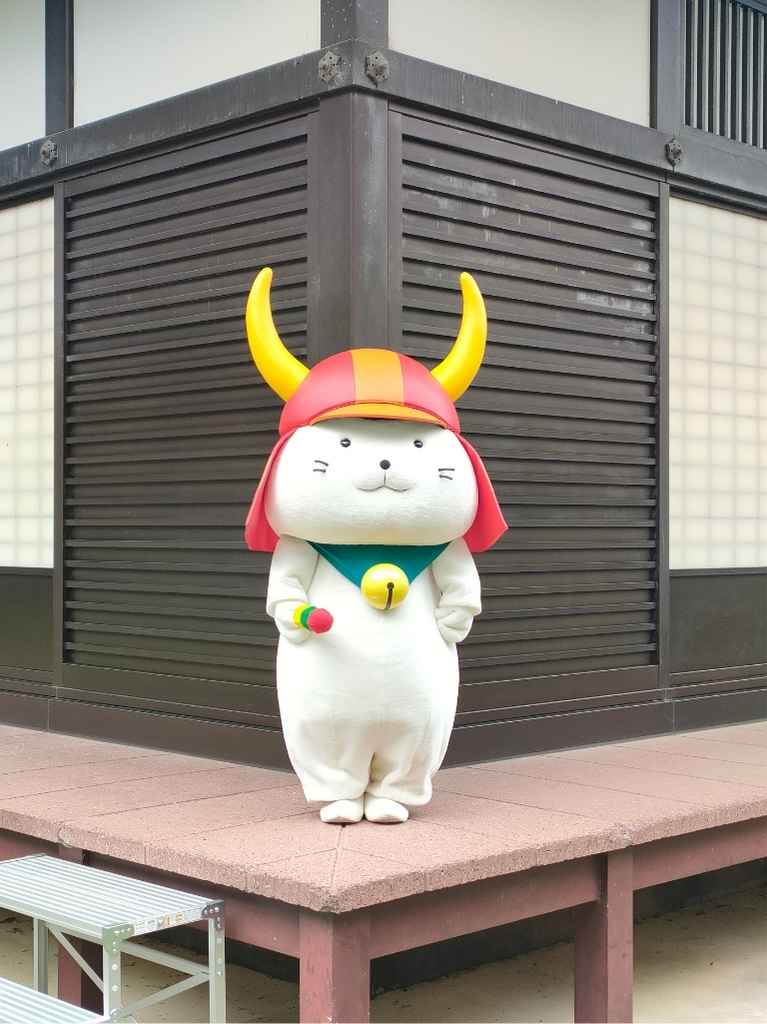
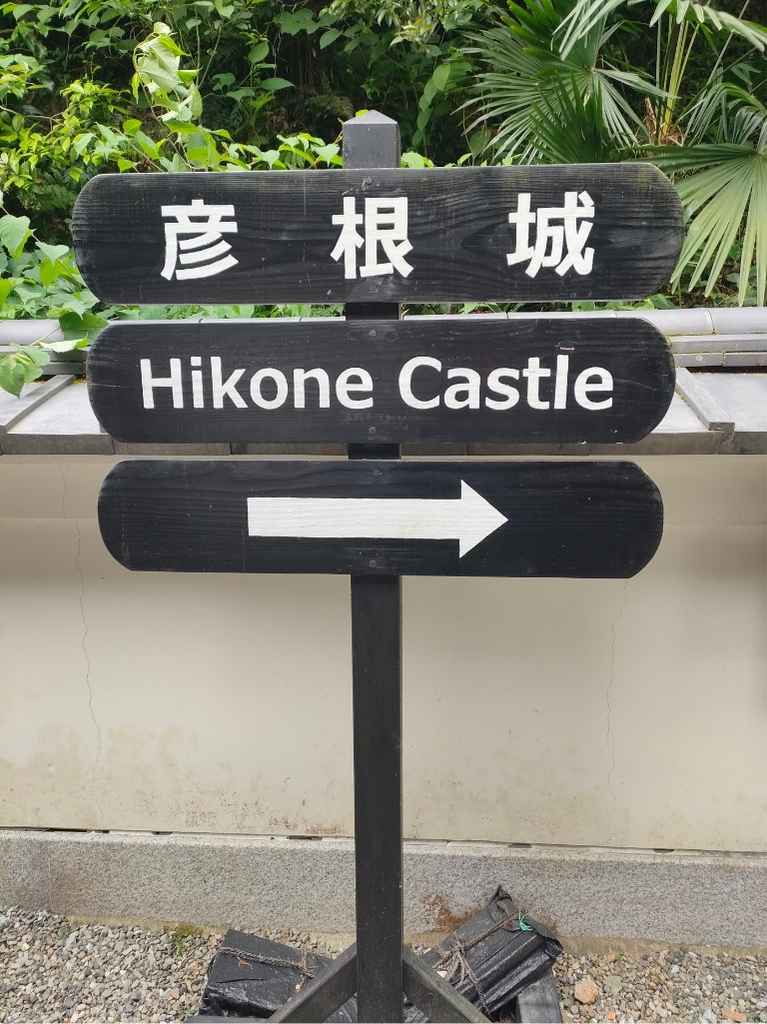

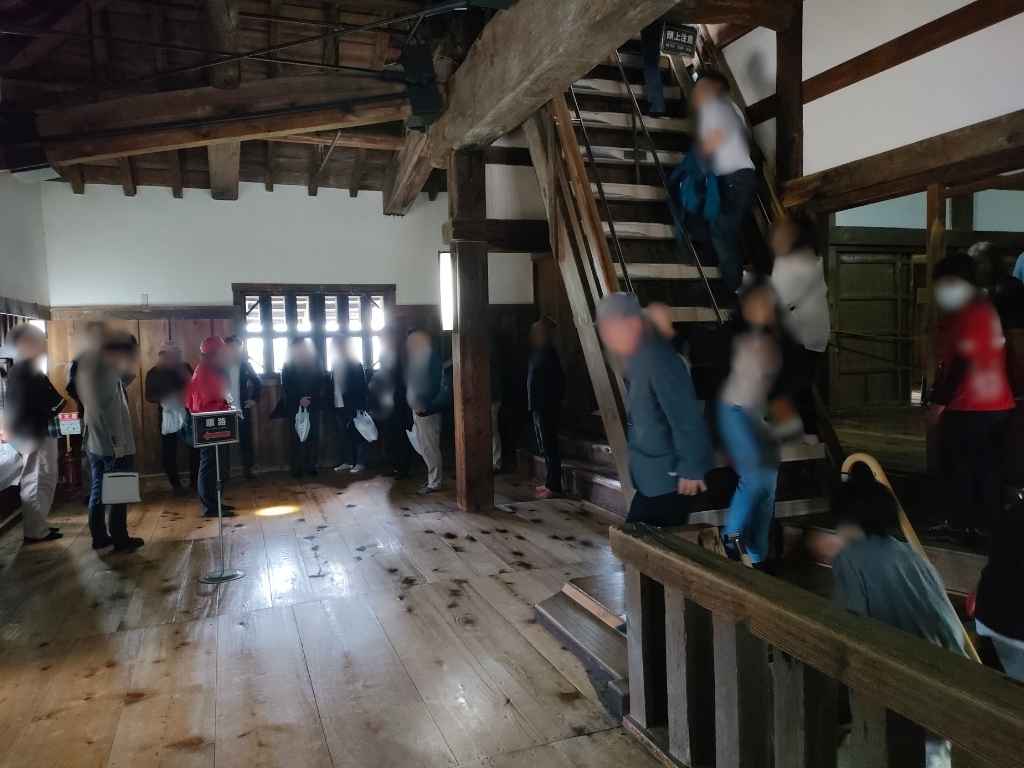
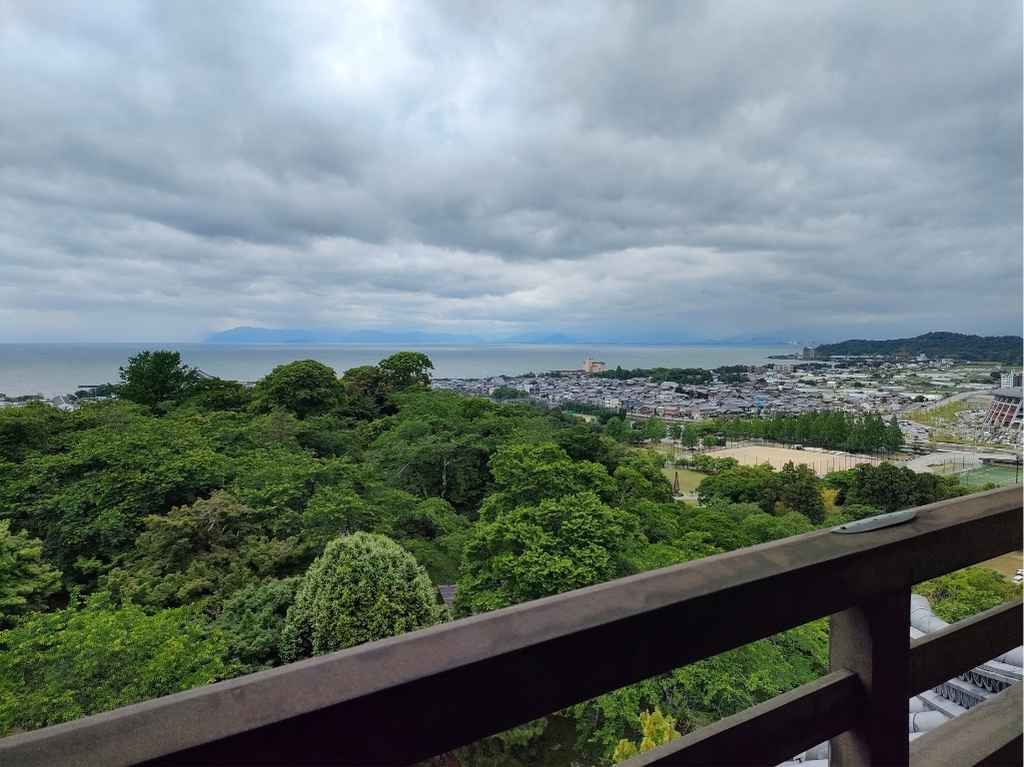
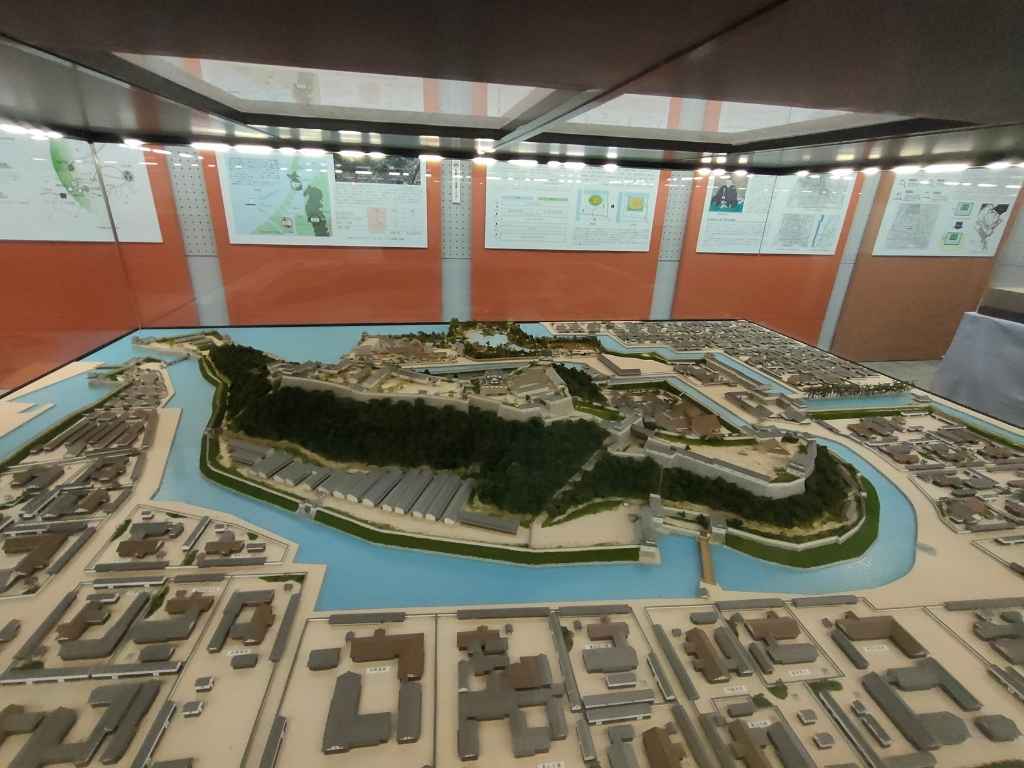
Reflecting at Sekigahara
From Hikone, I rode about 30 minutes on the Meishin Expressway to Sekigahara.
Next to the Sekigahara Battlefield Memorial Museum is a cafe called Ibukian, where I took a short break.
The menu included playful items like “Betrayal Carbonara” and “Struggling Foot Soldier Curry,” but I kept it light with a banana latte.
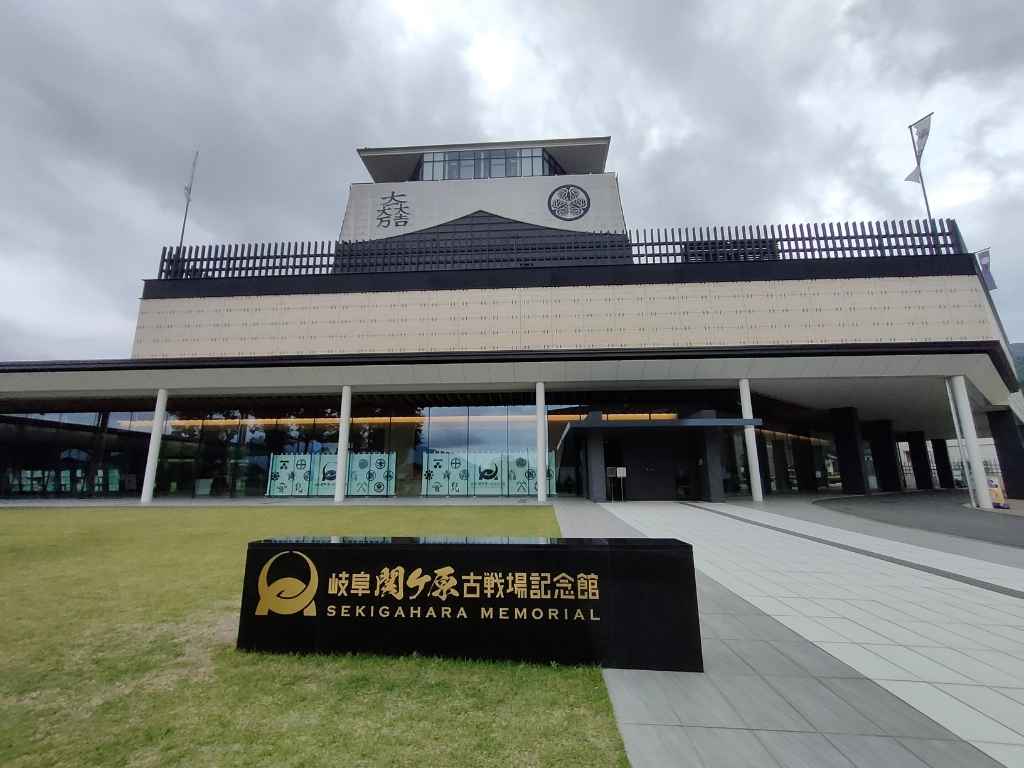
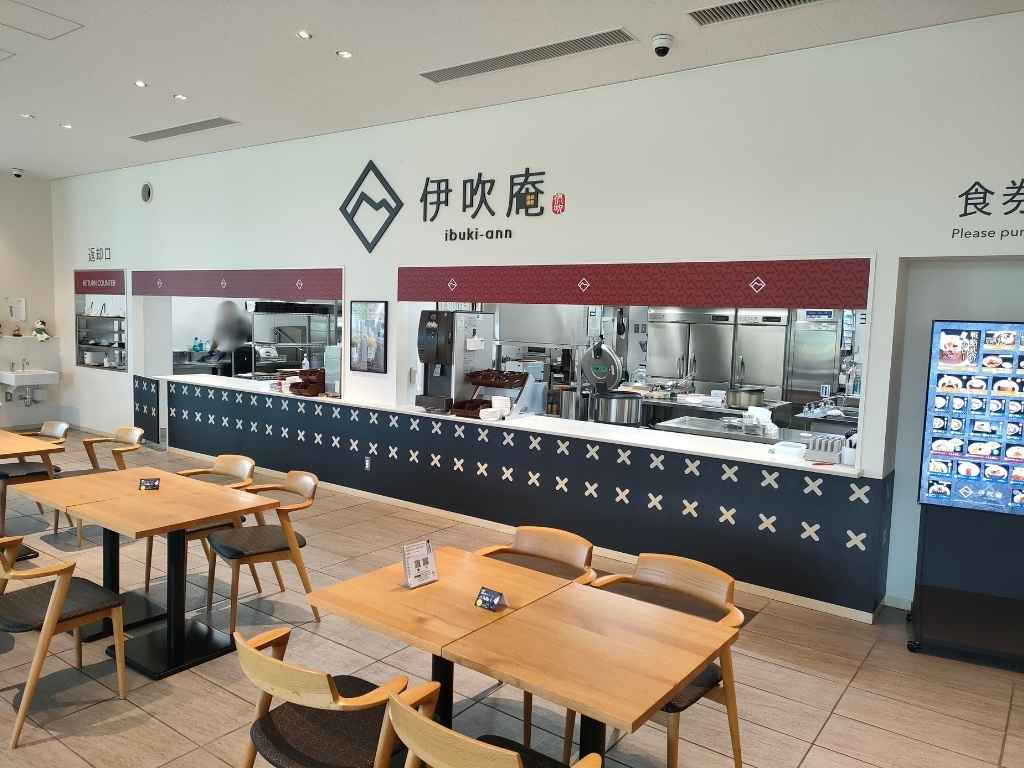
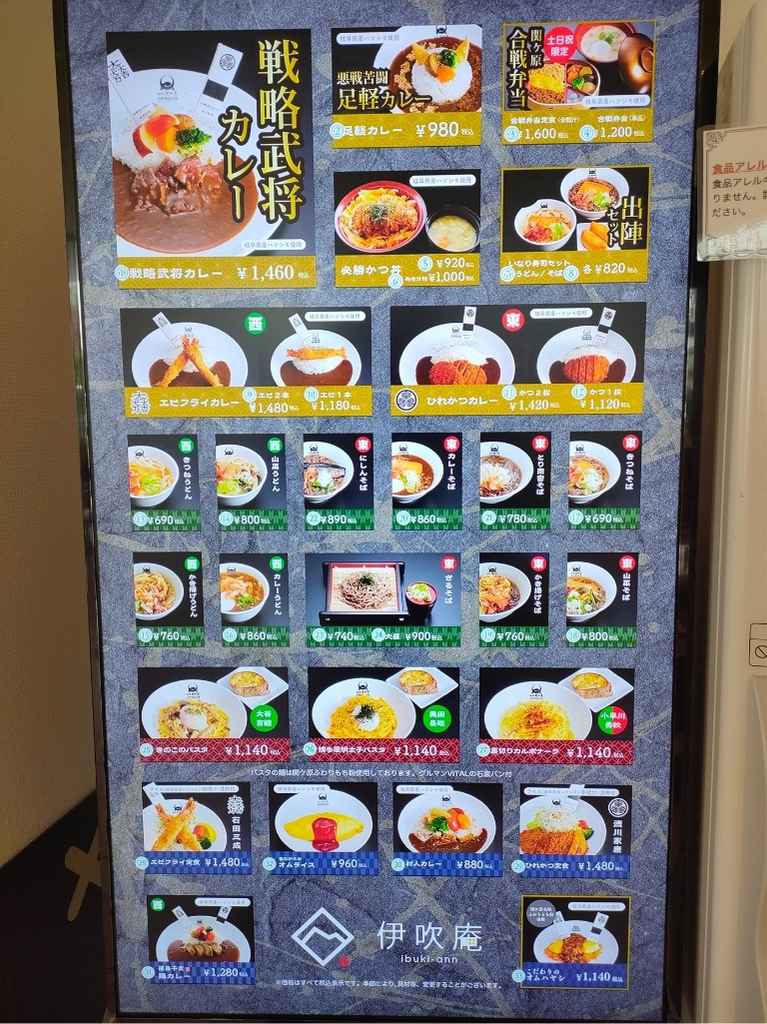
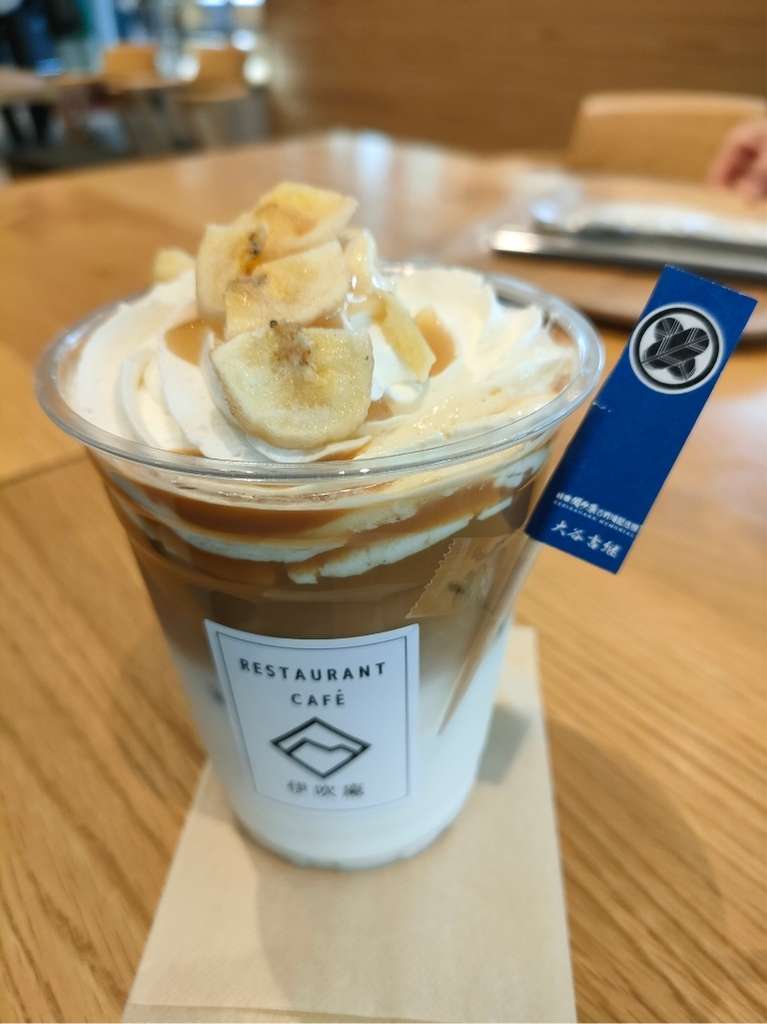
After that, I visited the site where Tokugawa Ieyasu is said to have set up his final camp.
This was also where head inspections were reportedly held.
The area was peaceful and quiet, yet carried the heavy weight of history.
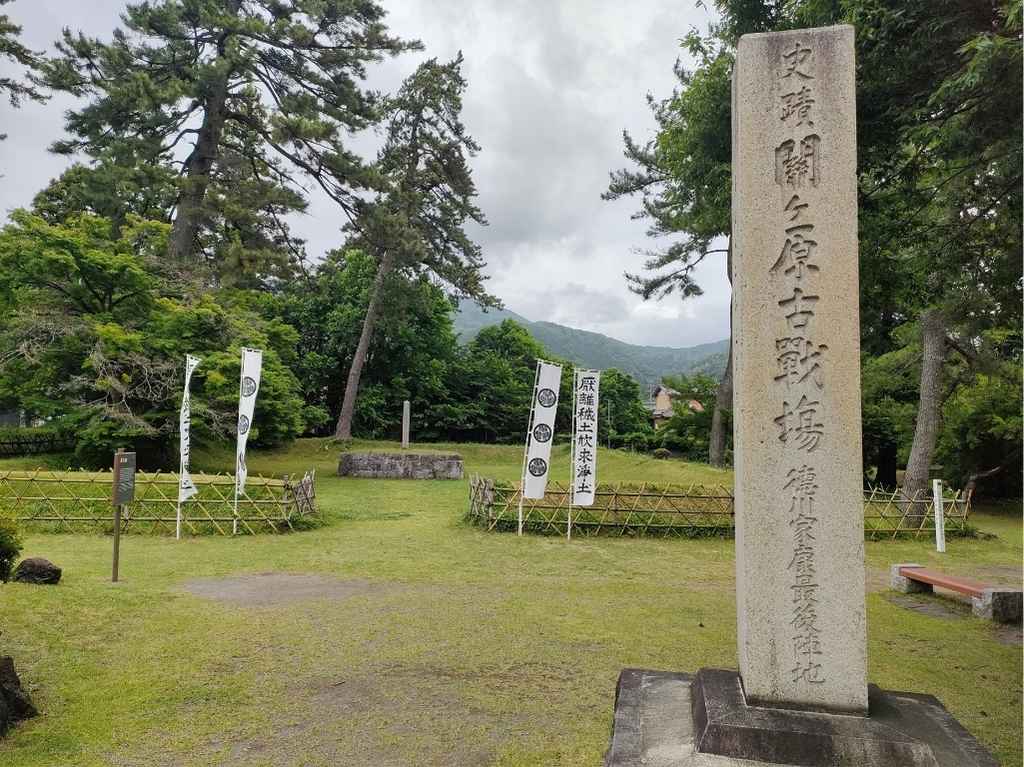
Arriving at the Hotel
That night I stayed at Hotel Route-Inn Toki.
I chose this mid-point location to make the return ride on the final day easier.
The hotel had a large artificial hot spring bath—perfect for soaking away the fatigue of the day’s ride.
For dinner, I walked to Shinsaibashi, a well-known restaurant specializing in eel.
I enjoyed dishes like Unagi Kamameshi (eel rice pot), Tuna with grated yam, and Japanese-style omelet.
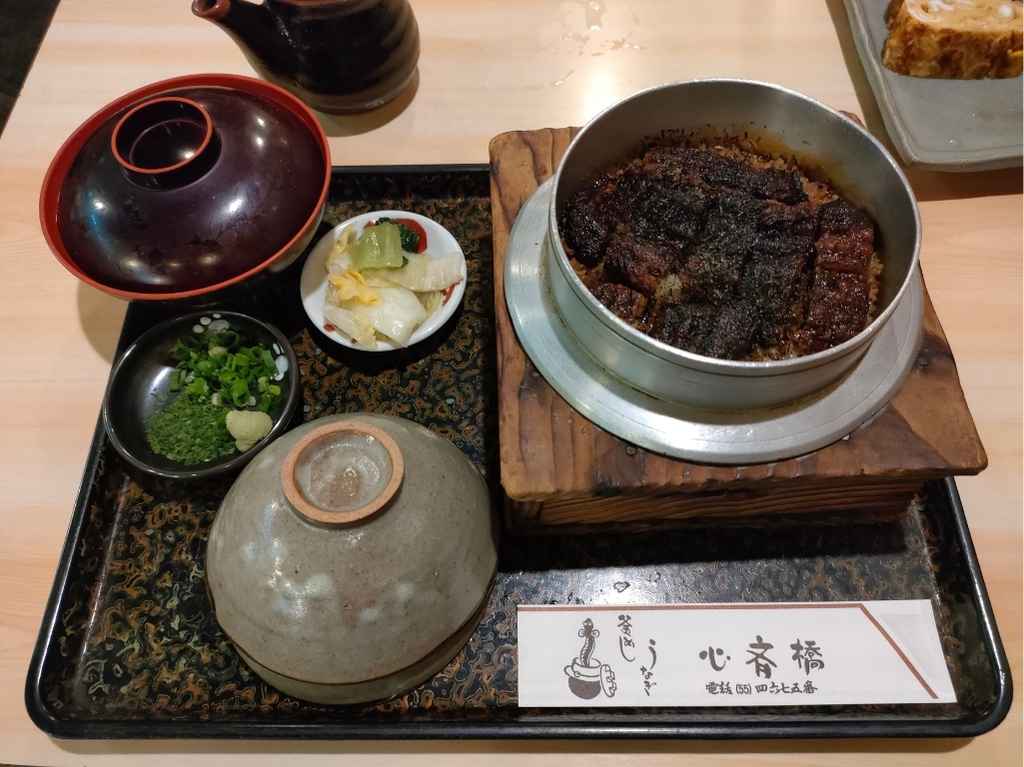
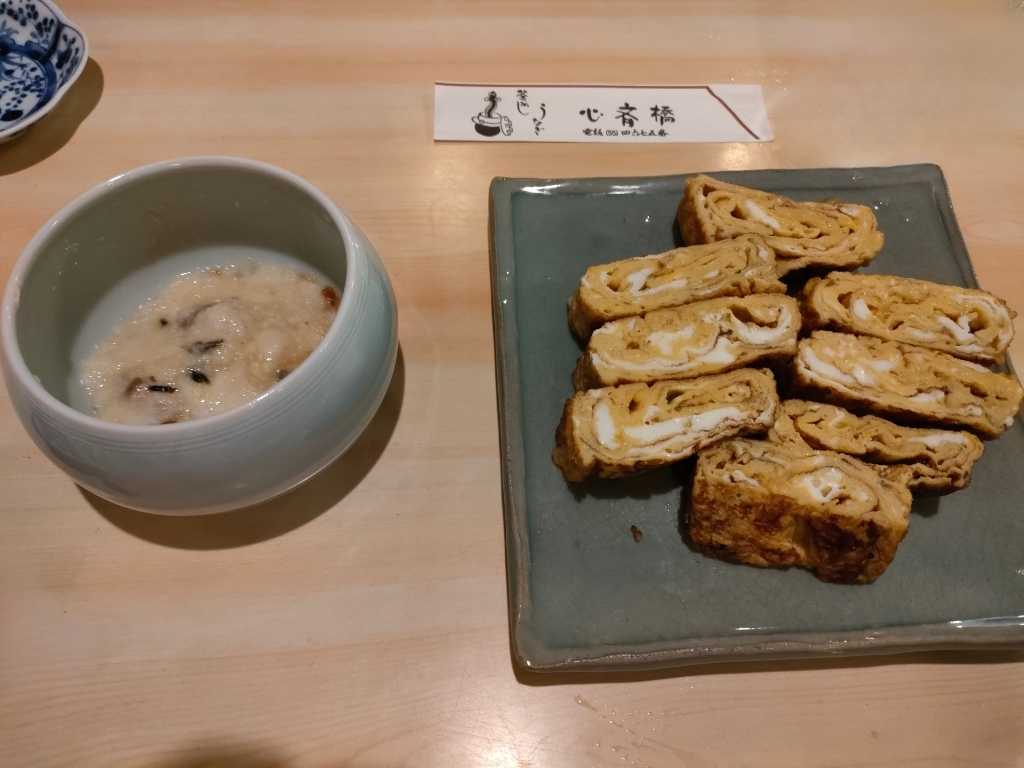
Everything was generously portioned and absolutely delicious. It’s a place worth seeking out.
Heading Home to Tokyo
The next morning, after a hearty breakfast at the hotel, I headed east on the Chuo Expressway.
I was lucky to pass through the notorious Kobotoke Tunnel just before traffic started to build up.
That day, I rode another 350 km and safely completed my three-day SSTR + sightseeing journey.
Summary
The post-SSTR sightseeing ride turned into a luxurious day filled with historical depth.
The stunning view from Shizugatake, the original keep of Hikone Castle, and the solemn battlefield at Sekigahara—each was a highlight that left a lasting impression.
And at the end of the journey, a delicious eel dinner and a sense of fulfillment.
It felt like I had recharged my spirit for the next adventure.
FAQ
Q. What are the benefits of doing a sightseeing tour after completing SSTR?
A. One of the biggest advantages is being able to enjoy routes you might not normally choose—while still basking in the sense of accomplishment from the rally.
With your mind and body fully relaxed, you can take in the scenery and history more deeply than usual.
Q. What kind of place is the Shizugatake Battlefield?
A. It’s a historic battlefield from the Sengoku period, offering a stunning panoramic view over both Lake Biwa and Lake Yogo.
The summit is accessible by lift, making it relatively easy to reach.
Q. Why did you stay in Toki City?
A. I chose Toki City because it’s located roughly halfway between Kansai and Tokyo, which made the return trip easier.
It also offers convenient highway access and a good selection of business hotels with large public baths.
